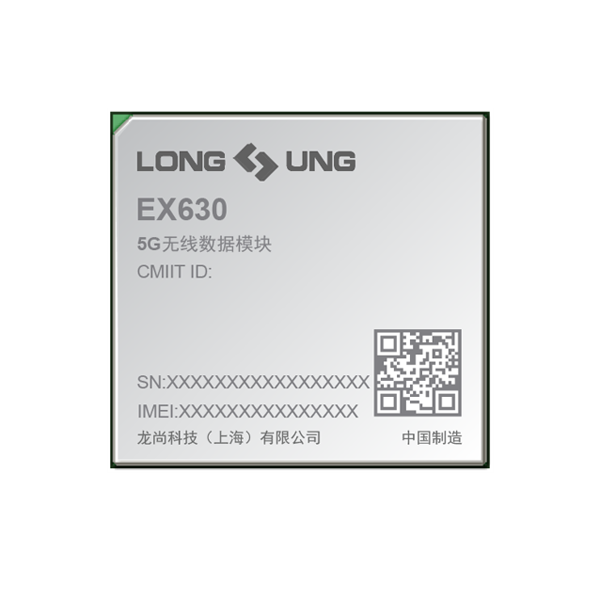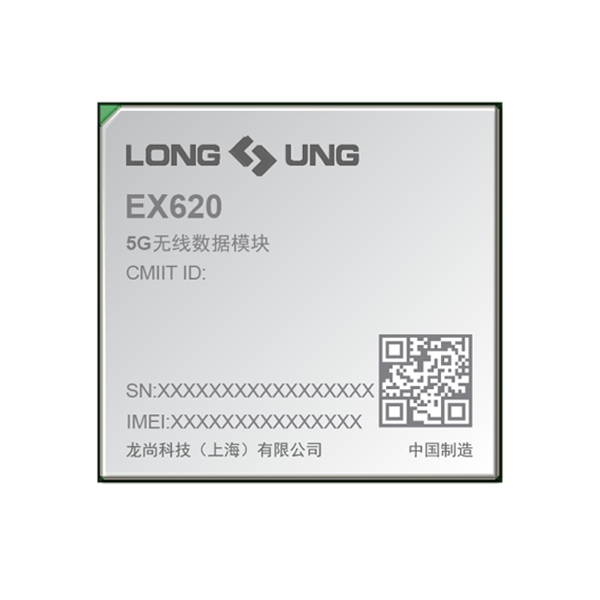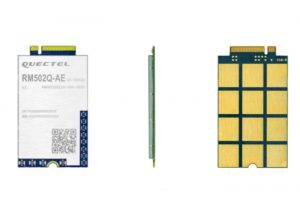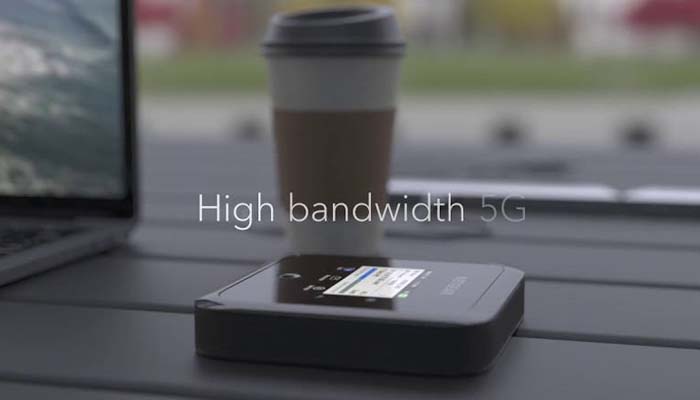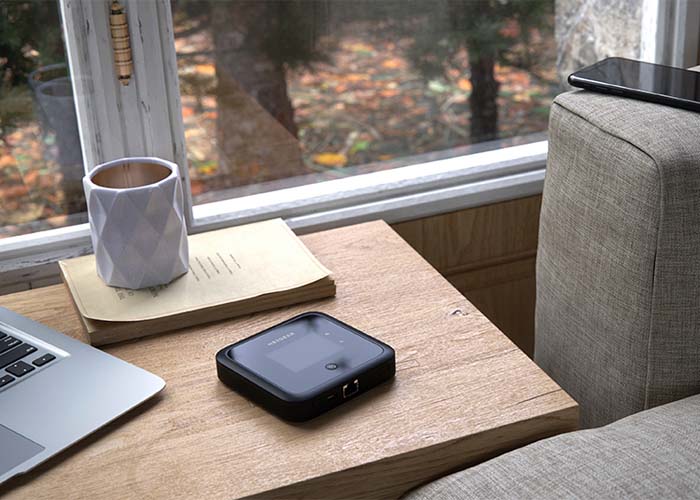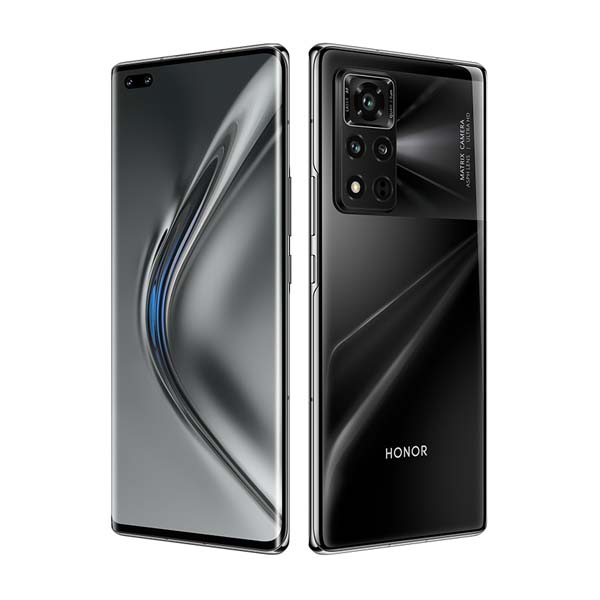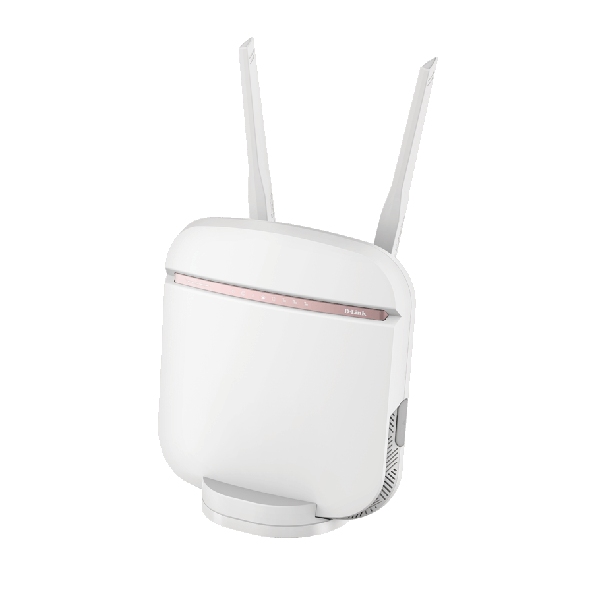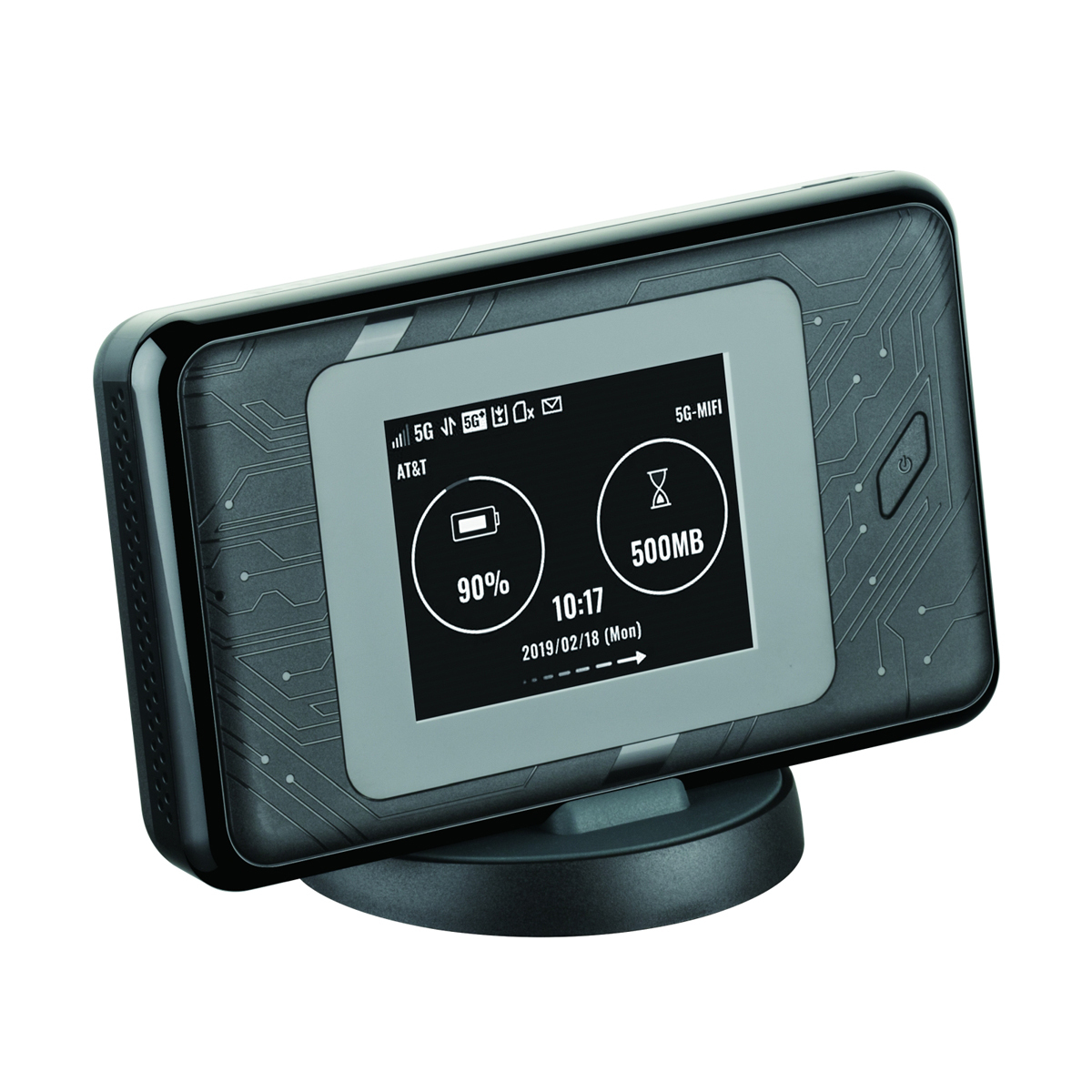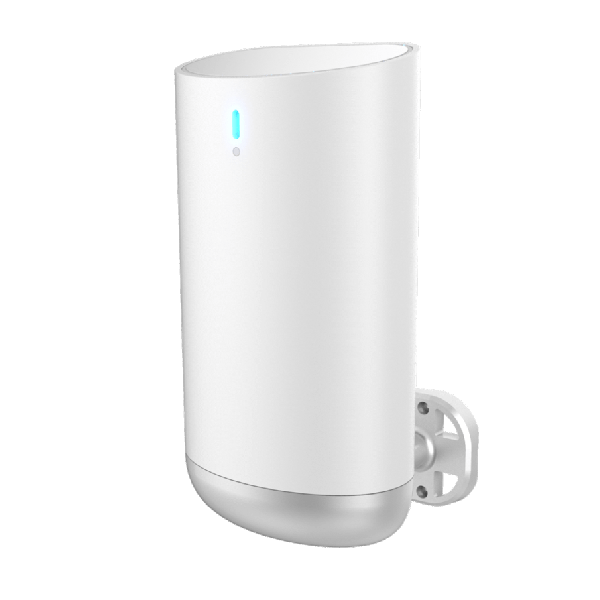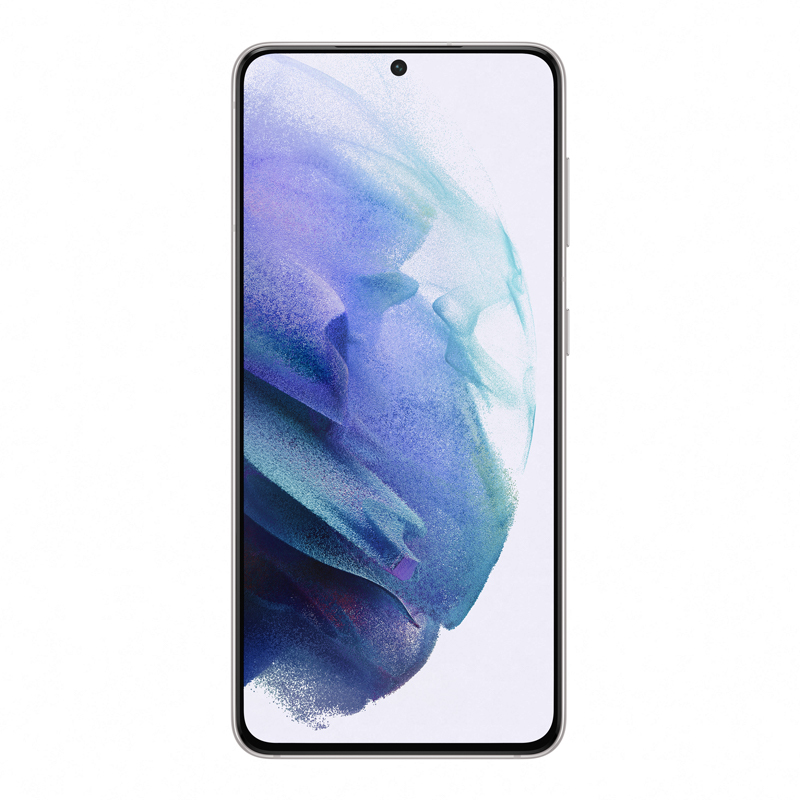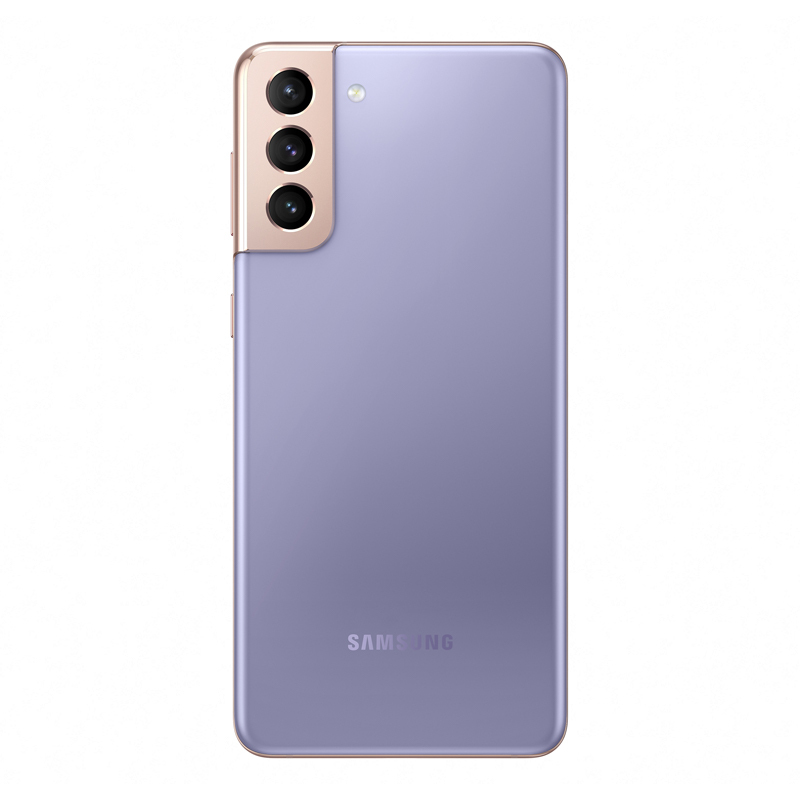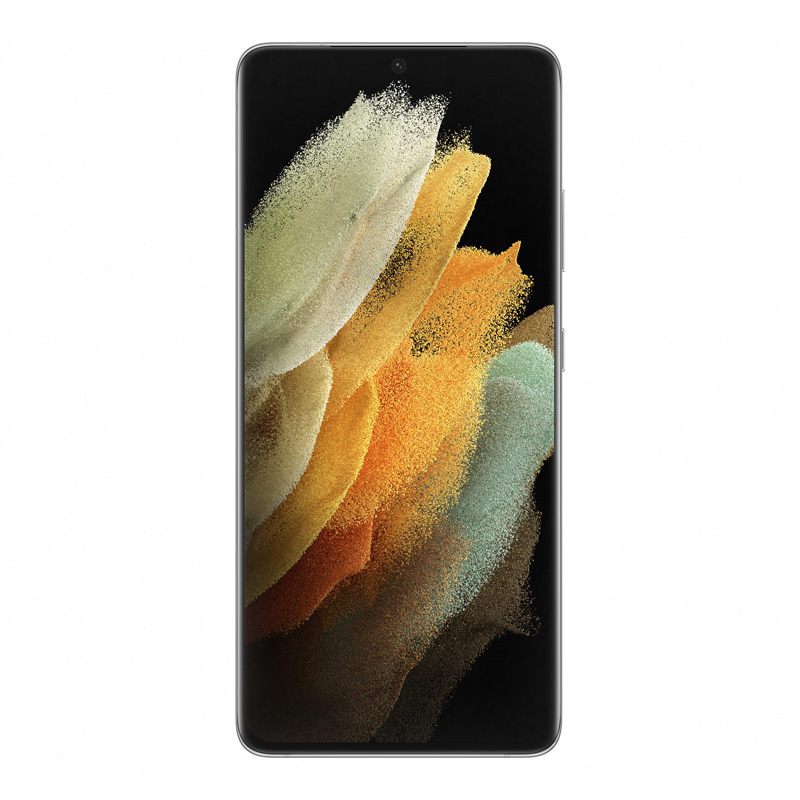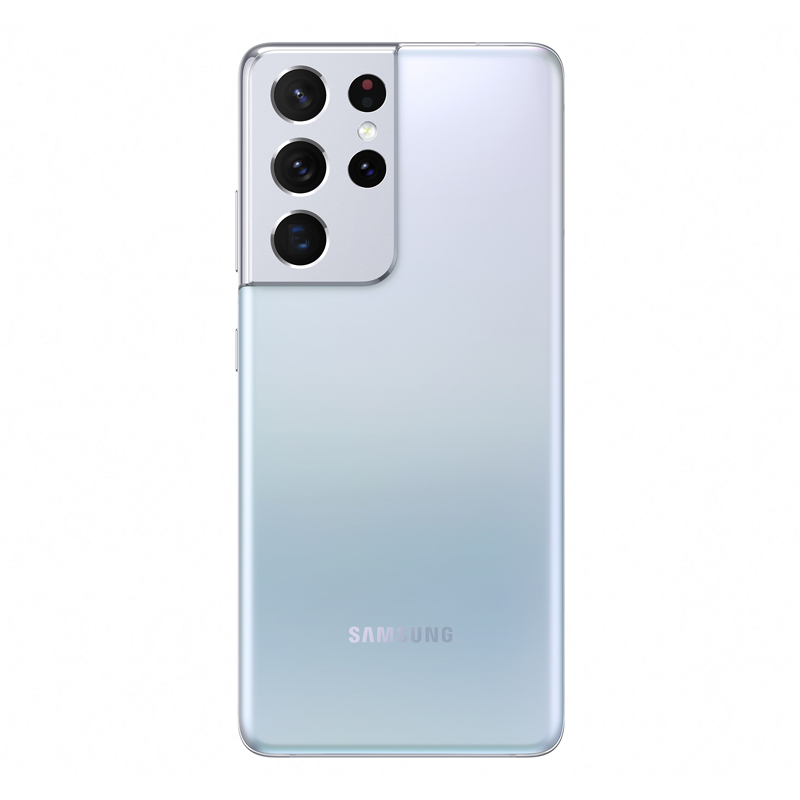| Model | Sierra AirPrime EM9190 | Sierra AirPrime EM9191 |
| Technology | NR mmWave | NR Sub-6 GHz |
| NR Sub-6 GHz | LTE Category-20 | |
| LTE Category-20 | HSPA+/WCDMA | |
| HSPA+/WCDMA | ||
| Chipset | Snapdragon X55 | Snapdragon X55 |
| Dimensions(WxDxH[mm]) | 52 x 30 x 2.38 | 52 x 30 x 2.38 |
| Power | 3.3 [V] typ. | 3.3 [V] typ. |
| (3.135 – 4.4 [V]) | (3.135 – 4.4 [V]) | |
| Sleep | 2.8 – 3.3 [mA] | 2.8 – 3.3 [mA] |
| Package | M.2 form factor | M.2 form factor |
| Interfaces | PCIe 3.0 1-lane | PCIe 3.0 1-lane |
| USB 3.1 Gen2 | USB 3.1 Gen2 | |
| USB2.0 ※Debug only | USB2.0 ※Debug only | |
| Network mode | 5G NR Sub-6 GHz/NR mmWave | 5G NR Sub-6 GHz |
| FDD-LTE | FDD-LTE | |
| TDD-LTE | TDD-LTE | |
| HSPA+ | HSPA+ | |
| Downlink | ~7.53 [Gbps] | TBD |
| (8 layers LTE + mmWave) | ||
| Uplink | ~2.98 [Gbps] | TBD |
| (8 layers LTE + mmWave) | ||
| Frequency Bands | 5G NR Sub-6 GHz | 5G NR Sub-6 GHz |
| n1,n2,n3,n5,n28,n41, | n1,n2,n3,n5,n28,n41, | |
| n66,n71,n77,n78,n79 | n66,n71,n77,n78,n79 | |
| 5G mmWave | LTE Category-20 | |
| n257, n258, n260, n261 | B1, B2, B3, B4, B5, B7, B8, B12, B13,B14, B17, B18, B19, B20, B25, B26,B28, B29, B30, B32, B34, B38, B39,B40, B41, B42, B46, B48, B66, B71 | |
| HSPA+/WCDMA | ||
| LTE Category-20 | Band 1,2,3,4,5,6,8,9,19 | |
| B1, B2, B3, B4, B5, B7, B8, B12, B13,B14, B17, B18, B19, B20, B25, B26,B28, B29, B30, B32, B34, B38, B39,B40, B41, B42, B46, B48, B66, B71 | ||
| HSPA+/WCDMA | ||
| Band 1,2,3,4,5,6,8,9,19 | ||
| Temperature | Class-A: -30 ~ +70 | Class-A: -30 ~ +70 |
| Class-B: -45 ~ +85 | Class-B: -45 ~ +85 | |
| Storage temperature | -40 ~ +85 | -40 ~ +85 |
Category: 5G Technology
Netgear Nighthawk M5 Mobile 5G Router Test
Last year, Netgear offers one of the first mobile 5G routers: The Nighthawk M5. As the successor to the Nighthawk M2, the device with the model name MR5200 not only offers a fast cellular modem, but of course also a large battery, fast WiFi 6 and plenty of connections.
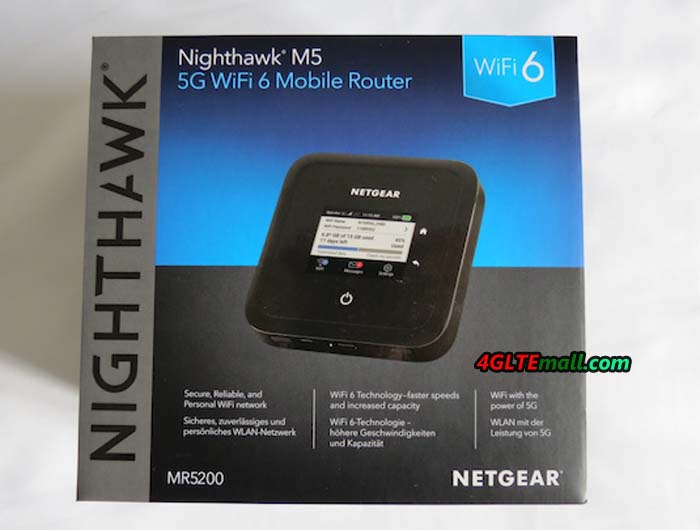
The Netgear Nighthawk M5 MR5200 is packed in a small cardboard box. In addition to the mobile 5G router, the package also includes a power supply unit with adapter for EU and UK plugs, a USB to USB-C cable and a battery with a capacity of 5,000 mAh. A quick start guide and a warranty card are also included.
At first glance, the Netgear Nighthawk M5 differs only slightly from the previous models Nightahwk M1 (MR1100) and Nighthawk M2 (MR2100). All devices have a cuboid design with a large display on the front, the connections are on the lower side.
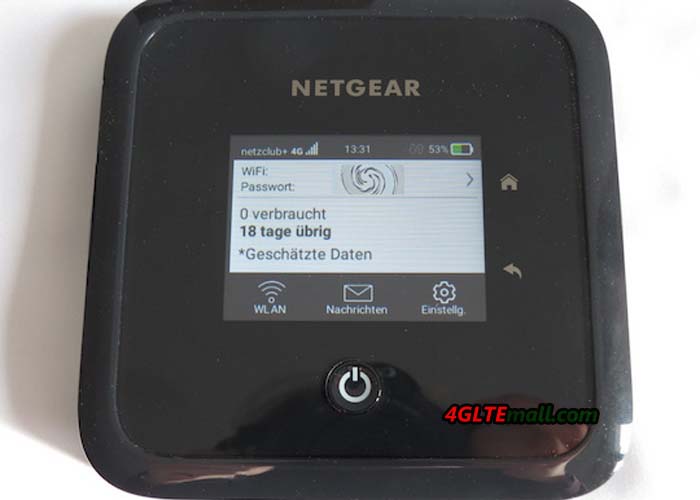
The Nighthawk M5 looks high-quality thanks to the rubberized and structured frame, and the matt back also leaves a positive impression. The front with the touchscreen and buttons is less successful, it has a high-gloss finish and magically attracts fingerprints and scratches. That was solved even better with the Nighthawk M1.
The back of the Nighthawk M5 can also be easily removed. Underneath is the battery and the slot for the SIM card. A welcome innovation compared to the previous models is the slot for the nano SIM card. The M1 and M2 still required micro-SIM cards, so that nano-SIM cards could only be used with an adapter.
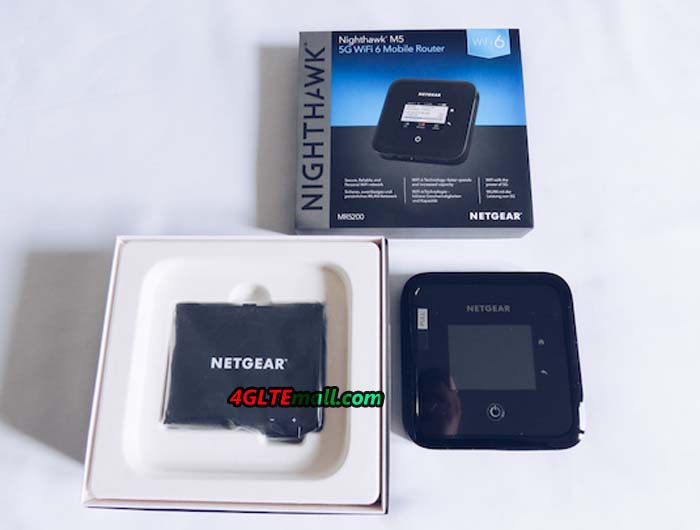
5G modem in the test
The main reason to buy the Netgear Nighthawk M5 is certainly the 5G modem. A Qualcomm Snapdragon X55 chip is installed. Theoretically, the 5G WiFi router can thus achieve speeds of more than one gigabit per second in the downlink and several hundred megabits per second in the uplink. In the practical test, the Nighthawk M5 was tested with a SIM card from Vodafone at several locations in the 5G network, both via LAN and WLAN.
Both the LAN connection and the WLAN represent a bottleneck for maximum Internet speed. The Nighthawk M5 allows a maximum of 1 GBit/s via RJ45 Ethernet, and up to 1.2 GBit/s (5 GHz band) is theoretically possible via WLAN. You should definitely be aware of this limitation.
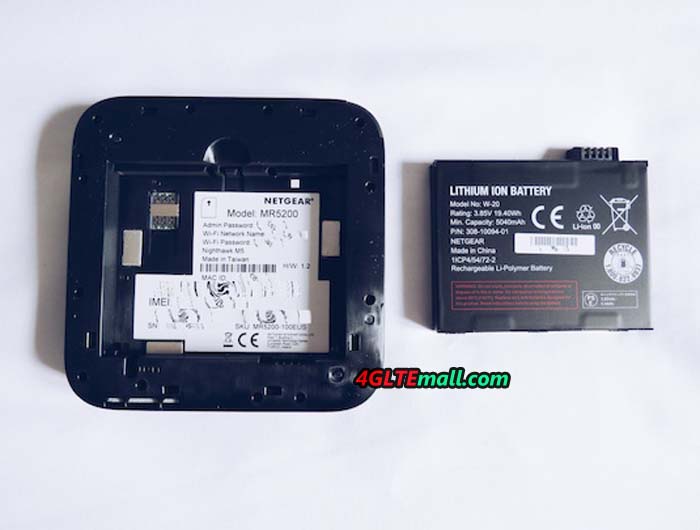
In the 5G network of Vodafone using the frequency range around 3.6 GHz (band n78), around 900 Mbit/s was measured for downloading and around 140 Mbit/s for uploading via LAN. If the connection was made via WLAN, around 800 Mbit/s were possible in the download. In a direct comparison with a measurement on the 5G smartphone, the Nighthawk M5 was slightly slower – around 950 Mbit/s were possible on the iPhone 12 mini under the same test conditions.
The 5G connections are naturally much slower when using dynamic spectrum sharing (DSS, band n1). Vodafone relies widely on 5G n1 with DSS, the Netgear Nighthawk M5 can use the technology without any problems and achieved speeds of up to 300 Mbit/s in the downlink and up to 130 Mbit/s in the uplink in the test. Incidentally, LTE was always a little bit faster at the same location in the downlink, but the uplink speed over 5G was almost twice as high as over LTE. Depending on the server, the latency times were well below 20 milliseconds and thus at a normal level.
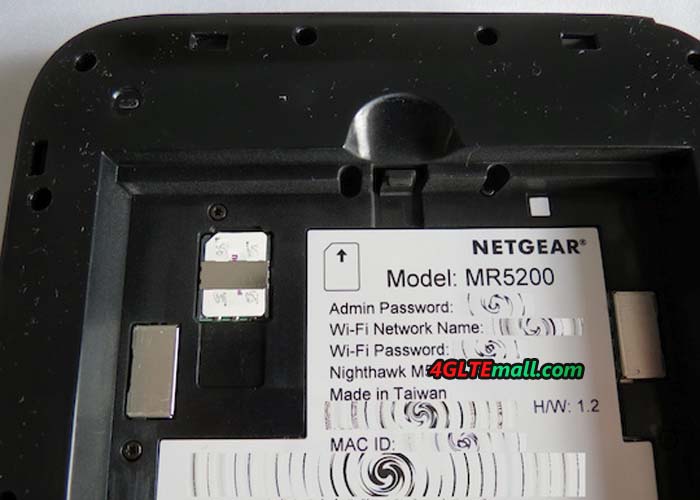
The Netgear Nighthawk M5 supports all 5G frequency ranges that are important for Europe. In detail, these are the bands n1, n3, n5, n7, n8, n20, n28, n38, n40, n77 and n78.
In addition to 5G, the Netgear Nighthawk M5 naturally also supports 4G / LTE and 3G / UMTS. The frequency ranges around 700/800/900/1800/2100/2600 MHz for FDD-LTE and 2300/2600 MHz for TDD LTE are supported here. In the 3G area, the bands around 850/900/1900/2100 MHz are supported. These are good prerequisites for use in Europe, but the Nighthawk M5 is not ideally suited for use in North and South America. It’s a shame – many current smartphones offer significantly better frequency band support!
If necessary, you can also connect two external antennas to the Netgear Nighthawk M5 to improve reception quality and increase speeds. For this purpose, Netgear has installed two TS-9 connections on the underside, which are protected from contamination by a rubber cover as standard. If you need the 5G external antenna for Nighthawk M5, we recommend this one: https://www.4gltemall.com/5g-external-antenna.html .
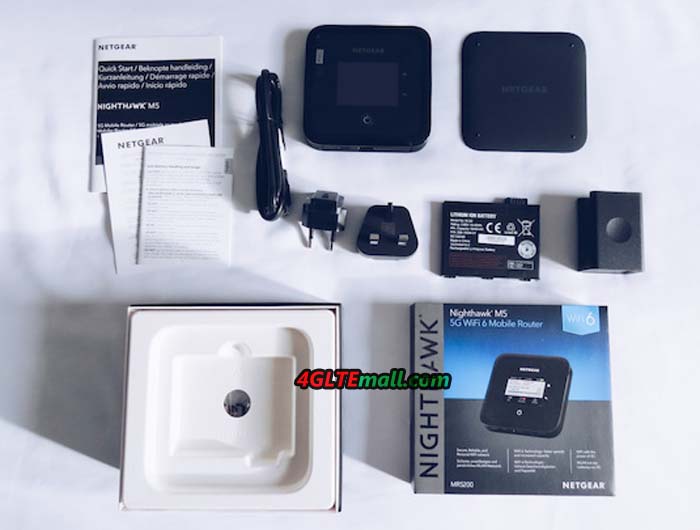
WLAN with repeater function
The Netgear Nighthawk M5 supplies up to 32 devices simultaneously with a WLAN connection. Thanks to the current WLAN 6 standard, speeds of up to 1200 Mbit/s gross in the 5 GHz frequency band and up to 600 Mbit/s in the 2.4 GHz frequency band can be used. However, the speed depends heavily on the device used and on other factors such as the distance. In the test, the speeds were usually significantly lower and fluctuated between 300 and 867 Mbit/s.
The WiFi range of the Netgear Nighthawk M5 turned out to be very decent in the test for a mobile router. An apartment with 80 to 100 m2 can easily be supplied with the small router, provided the walls are not super thick. If necessary, the range can also be reduced to save energy. Incidentally, there is no WLAN timer, but a guest network can be set up. The latest WPA3 encryption is also available on request.
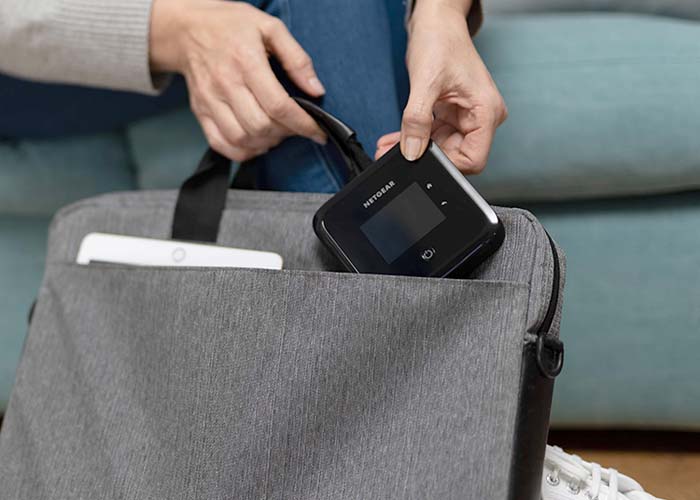
Internet via Ethernet and USB
As an alternative to the wireless connection via WLAN, the Netgear Nighthawk M5 can also share the Internet connection via LAN (RJ45 Ethernet) or via USB interface (“USB tethering”). Both types of cable connection are activated automatically, all you have to do is connect the cable and you are connected to the Internet.
The Nighthawk M5 can be configured so that the WLAN is automatically switched off as soon as a device is connected to the Internet via USB. The USB tethering function can also be deactivated if necessary, then the USB connection can only be used for power supply.
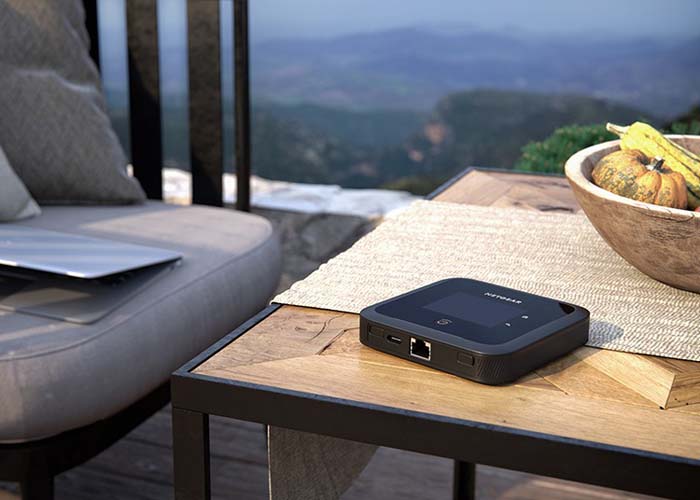
The “data offloading” function allows the LAN port of the Netgear Nighthawk M5 to be configured as a WAN port, ie an existing Internet connection via LAN is also used as soon as the LAN cable is plugged in and an Internet connection is available. If the LAN connection is interrupted, the Nighthawk M5 automatically switches back to the cellular connection.
Display and operation
Most of the settings can be made directly via the touchscreen on the front of the Netgear Nighthawk M5. Here there is, for example, the possibility of changing the name and password of the WLAN, providing a WLAN guest network or changing the WLAN range. Further setting options concern, for example, the cellular connection (APN, preferred network technology, roaming, etc.). It is also possible to carry out a software update directly via the touchscreen.
The display itself is of poor quality compared to a current 5G smartphone, the resolution is low, the color representation is poor and the plastic cover is reflective. There is also not always a reaction to inputs.
A lock screen is shown on the display, showing the time and date. The network operator, the current network technology, the reception strength and the battery status (in percent) are also displayed. The actual start screen can be protected with a PIN if required; the WLAN data and the data volume used can be displayed here if required.
At the bottom of the start screen there are shortcuts for WiFi, SMS and settings. By the way, SMS can not only be received on the Netgear Nighthawk M5, but also sent.
Some information on the cellular connection can be viewed via the “Status” menu item. This includes, for example, the current network status, the technology used and the main frequency band, the reception strength (RSRP) and the IP addresses. Unfortunately, when the 5G (NSA) connection is active, there is no detailed information on the frequency bands; here, too, only the main radio cell (LTE anchor cell) is displayed, the network status signals “5GSUB6”.
Web interface and app
In addition to the touchscreen, the browser web interface can of course also be used for configuration. The visual appearance of the web interface has hardly changed compared to the previous models and offers more functionality than the app and the touchscreen. For example, the WLAN repeater function (WLAN as Internet access) or the WAN function (Internet access via LAN or failover) can also be activated via the web interface.
The web interface reacts quickly and is clearly structured. The range of functions is basically good, but there is still a lot of potential for improvement in the details. For example, 5G and/or LTE can be deactivated if necessary. However, manual selection of the frequency bands is not possible. Detailed information on the frequency bands used by the Nighthawk M5 is also nowhere available, although this information would certainly be very interesting for some users.
The “NETGEAR Mobile” app is available for both Android and iOS and enables the Nighthawk M5 to be configured easily and clearly using a smartphone. All functions from the web interface can also be used via the app, for example the “data offloading” feature. The app responded quickly and reliably in the test on an Apple iPhone.
Battery and power supply
The 5,000 mAh battery of the Netgear Nighthawk M5 is easily exchangeable by the user, so if necessary, a second or third battery can be bought to swap instead of recharging on the go. The battery life in the test was around 8 hours with continuous 5G use (Internet radio stream via WLAN).
For longer stationary use, it can be advisable to remove the battery from the router and only operate the device directly on the power supply unit via a USB cable. This has the advantage that the heat development is significantly lower. In the test it happened that the Nighthawk M5 got very warm after intensive use (2 WLAN devices, streaming) and simultaneous charging of the battery.
Conclusion: Netgear Nighthawk M5
The Netgear Nighthawk M5 made a good impression in the test. 5G modem and WLAN are very fast, there are many connections and operation are impressive. The Nighthawk M5 has to accept criticism, for example, for its weak LTE frequency band support. Even simple 5G smartphones allow better connections abroad than the Nighthawk M5, as they can use many more frequency ranges. There is also room for improvement in the software: some users will miss a timer function for the WLAN, others will miss more detailed information and setting options for the cellular connection.
If you really want to have 5G in your mobile router, you can hardly ignore the Nighthawk M5. If LTE is enough for you, you will find almost equivalent alternatives in the cheaper sister models Nighthawk M1 and Nighthawk M2.
LongSung Releases Two New 5G NR Modules
At the MWC 2021 in Shanghai China, LongSung announced the first 5G NR module EX630, which is compliant with 3GPP Release 16 standard and supports both Sub-6Ghz and mmWave networks.
The LongSung EX630 is based on Qualcomm fourth generation Snapdragon X65 5G modem (4nm technology) and RF system, so it will support the fastest 5G speeds up to 10Gbit/s and work on various networks frequency bands.
With the EX630 module, LongSung also presents another 5G NR Module EX620, which is based on Qualcomm fourth generation Snapdragon X62 5G modem (4nm technology). To meet the mobile broadband application, the LongSung EX620 supports 5G mmWave to 400MHz and 5G Sub6GHz to 120MHz, and can achieve download speed up to 4.4Gbps.
The two new generation 5G wireless modules supports multi-mode networks such as 5G NR, LTE, WCDMA(DB-DC-HSDPA), TD-SCDMA, CDMA1X, GSM/EDGE etc…They can also support DSS and multiple CA(carrier aggregation) combinations(FDD-TDD, FDD-FDD, TDD-TDD), covering all the 5G bands.
The two LongSung 5G modules could be widely used in many wireless terminals. They can be used in 5G Industrial Gateway, which can help users access high-speed internet quickly and realize safe and reliable data transmission. It is suitable for EMS (energy management system), MES (manufacturing execution system) and production process of manufacturing and processing enterprises signal acquisition and data transmission, thereby achieving industrial automation.
Through the 5G wireless modules, loads of image, video and sensor data captured by the robot can be transmitted to the intelligent brain in the cloud, so as to improve the intelligence level and service capability of the robot. Cloud intelligent robots are gradually becoming an important service force in community, medical care, retail and other scenarios.
Quectel Launched New 5G NR Sub-6 GHz Modules
At CES 2021, the Chinese wireless telecommunication equipment manufacturer Quectel Wireless Solutions launched three 5G New Radio (NR) Sub-6 GHz modules, including models RM500Q-AE, RM502Q-AE and RM505Q-AE, with the aim of foster the massive deployment of 5G smart connections around the world.
Leveraging Qualcomm’s Snapdragon X55 commercial 5G modem, all three Quectel 5G NR modules feature ultra-fast technology, low latency, and an enhanced Carrier Aggregation (CA) system, and are now ready to be sampled for supporting a wide range of enhanced mobile broadband networks and IoT applications such as Fixed Wireless Access (FWA), 4K/8K live streaming, online meeting applications, telemedicine, transportation intelligent and industrial IoT.
With their stand-alone and non-stand-alone modes, the three 5G wireless modules enable global coverage of the 5G NR Sub-6 GHz, LTE-A and WCDMA frequency bands and provide reliable 5G solutions to international IoT customers.
Other key features of the modules:
- Global coverage of 5G frequency bands
- Multigigabit data rate up to 5.0 Gbps
- DL 4X4 MIMO for 5G NR and LTE-A bands
- Multi-resource GNSS capabilities
- Abundant interfaces: USB 3.0 / 3.1, PCIe 3.0 and eSIM
- Dimension M.2, compatible with Quectel LTE-A Cat 6 / Cat 12 / Cat 16 modules
- All three modules also integrate GNSS capabilities, with the RM505Q-AE supporting active GPS L1/L5 signals for more accurate positioning services. This allows industrial terminals like rugged tablets and on-board computers to operate in weak signal environments, such as valleys, forests and urban canyons.
At present, the Quectel RM502Q-AE module has obtained IC / FCC / PTCRB / GCF / RED / RCM certifications, while the Quectel RM500Q-AE and Quectel RM505Q-AE modules have obtained CE / RCM certifications. These mandatory approvals with Global Launch Base (FW) firmware help customers quickly enter each local market and reduce their device development and certification costs.
Quectel Announces 2nd Generation 5G NR Modules
Quectel is a leading manufacturer of components for IoT (Internet of Things) devices. A few days ago, the Chinese telecommunication company announced new second generation 5G NR modules that conform to the 3GPP Release 16 standard and support sub-6 GHz or mmWave depending on the module.
Meet 3GPP Release 16 standard
The Chinese company Quectel Wireless Solutions has presented a range of new 5G NR modules for IoT products. These are second generation devices that meet the 3GPP Release 16 standard. The new releases are divided into the sub-6GHz modules Rx520F and the Rx520N series as well as the mmWave modules of the RM530x series.
The new 5G NR modules are based on the latest 5G modem RF systems Snapdragon X65 and X62 from Qualcomm, which were officially presented only yesterday. The new 5G modems meet the requirements of industries that rely on faster, mobile broadband and reliable communication options. The products are intended to help establish the new mobile communications standard quickly in many areas. You can exploit the advantages of mobile broadband in areas such as fixed wireless access, industrial IoT, mobile computing, telemedicine, private networks and more.
Sub-6 GHz and mmWave
The new 5G NR modules RG520F (LGA) and RM520F (M.2) for Sub-6 GHz from Quectel are based on the new Snapdragon X65, which supports up to 10 Gbit/s data transfer in the downstream. RG520N (LGA) and RM520N (M.2), on the other hand, rely on the slower Snapdragon X62. The two Quectel 5G modules of the second generation RM530F and RM530N modules (M.2) transmit with both 5G standards (Sub-6-GHz and mmWave ) and thus have dual connectivity. As Quectel has announced, the new 5G modules support all three combinations of sub-6 GHz TDD and FDD Carrier Aggregation (CA). This ensures high performance data, as a combination of the available 5G spectra is possible.
Quectel also lets you know that the new generation of 5G chips has received fundamental improvements. They deliver even higher reliability with minimal latency. This is particularly important in commercial use in industry and other areas.
Netgear Nighthawk M5 5G WiFi Router Test
Netgear Nighthawk M5 is a new 5G mobile WiFi hotspot which is already available in many countries. Regarding the performance for internet connection, we will take a test and you will read the detail in the following.
We have already shown what the Netgear 5G router looks like and which accessories are included in our picture unboxing linked above. In the first weeks of testing, the hardware of the Netgear Nighthawk M5 proved to be quite robust. Unfortunately, the touchscreen magically attracts fingerprints, so we had to clean it several times with a cleaning cloth.
However, you shouldn’t expect the Netgear Nighthawk M5 MR5200 to respond as quickly as a smartphone touchscreen. Sometimes the software took a small millisecond in our test before it responded to our input. We encountered a phenomenon with the Nighthawk M5 that owners of previous Netgear 4G routers reported. If the nano-SIM card is blocked with a PIN, a PIN query appears after the 5G WiFi router starts up. However, this screen is visually incorrectly designed. You can enter the PIN easily using the numeric keys, but the confirmation button is partly outside the visible area and must be aimed very precisely with your finger.
Otherwise, we did not notice any serious software errors when using the router.
Firmware: Latest version is required
At this point we still have to go into more detail about the software: If you buy the Netgear Nighthawk M5, you should make sure that you have the latest firmware in the “Settings – Software” menu immediately after booting up and connecting to the Internet the number 10.29.10.00 from November 17th and install it. With the old firmware, the router may only contact LTE networks, which is not the point of a 5G router.
We also observed with the Netgear Nighthawk M5 that WiFi modules from Android smartphones, which otherwise find any 5 GHz WiFi without any problems, have problems finding the 5 GHz WiFi set up by the Nighthawk M5 and connecting to it. Even manually entering the SSID and password failed in our test on at least three Android devices.
One device that the 5 GHz WiFi of the Nighthawk M5 could always find and connect to was an iPhone 11 Pro used in the test. The Android smartphones could connect to the 2.4 GHz network of the Nighthawk M5. Due to the regional overload of the 2.4 GHz band and the lower data rates, it is of course quite pointless to use a 5G router in this case if it cannot pass on the high 5G data rates via WLAN.
Features of the software
In terms of operation and functions, the software of the Netgear Nighthawk M5 is of course quite sophisticated, as always. On the start page, network information, time and battery charge status are displayed in the status area. This is followed by the SSID and password of the 2.4 and 5 GHz WiFi hotspots. With a mobile tariff with a data throttle, you can also see how much data volume is left on the home page. At the bottom you can see how many devices are connected via WLAN and whether new SMS messages have arrived.
In the settings menu the user can configure things like the APN. The brightness of the screen can be regulated or an unlock password can be assigned. The Netgear Nighthawk M5 also supports USB tethering; the function can either be activated at the same time as the WLAN or as an alternative to the WLAN hotspot. The Netgear Nighthawk M5 can also be integrated into an existing WLAN or Ethernet network via the data-saving mode and then only serves as a network bridge for the connected devices.
Data rates in the test
For our test of the Nighthawk M5, we received 5G-capable SIM cards from CSL and PCCW. After the firmware update, the hotspot immediately logged into the available 5G networks.
The measured data rates come close to the values that we measured with the 5G router from HTC: HTC 5G Hub. In CSL’s 5G network, we determined maximum data rates of up to 781 Mbit/s in the downstream and 134 Mbit/s in the upstream. In the PCCW network, the data rates we measured in the downstream were a maximum of 187 Mbit/s in the downstream and 82 Mbit/s in the upstream. The CSL data rates at the locations we measured actually corresponded to a typical LTE value rather than a 5G value.
Of course, we also took measurements with a laptop that was connected to the Nighthawk M5 via the Ethernet interface rather than WLAN. Here we could observe that the measured values were always around 12 to 15 percent above the values measured via WLAN.
Netgear has not received any further error messages about the problem with the 5 GHz WLAN under Android.
Battery life in the test
The Netgear Nighthawk M5’s 5040 mAh battery is strong, but it doesn’t work miracles either. Even if the router’s display switches off in the meantime, the maximum battery life is around 6 hours. That is a decent value, but not a top performance either. If you really have to work with the Nighthawk M5 all day long, you should have access to a socket again in between – or take a mobile power bank with you.
Conclusion
With the current firmware, the Netgear Nighthawk M5 did its job properly and without any real errors. In the 5G network, the router achieved peak values of just below 800 Mbit/s at the locations we tested. We are in contact with Netgear about the 5 GHz WiFi problem. The battery lasted around 6 hours in the test. There was little to criticize about the intuitive operation of the router.
NETGEAR Nighthawk M5 5G Mobile Hotspot Review
The manufacturer NETGEAR has launched the first MiFi 5G with Wi-Fi 6 technology to achieve the best possible wireless performance in all circumstances. The new model is the NETGEAR Nighthawk M5 Mobile Hotspot, and it is designed to offer the best possible experience in the mobile broadband network, and also so that we obtain the maximum speed when we connect devices via Wi-Fi. Do you want to know all the details of this new model?
Thanks to this 5G portable router we have the latest mobile and WiFi technologies, with which we can stay connected at home or away from home, while enjoying a connection with fast speed, low latency and improved bandwidth.
This year we have seen an increase in teleworking, due to the fact that more and more work is done remotely, and the coronavirus pandemic has also contributed to accelerating the process. Since many work or study from home right now, they need to have a fast and secure Internet connection with WiFi connectivity that meets their needs.
The Nighthawk M5 Mobile Hotspot Pro will allow us to bring a quality Internet connection to our home with 5G. In small and medium-sized towns especially, we find that cable, DSL or other service is not good enough.
However, thanks to the 5G connectivity offered by this Netgear 5G mobile Hotspot, we will be able to obtain fast speed connections. That’s not all, thanks to WiFi 6 technology it will allow us to deliver those speeds to your connected devices without affecting bandwidth or connectivity when we have many wireless clients. That means we will not have delays or interruptions when working or studying at home. That extra bandwidth that WiFi 6 provides us compared to the previous WiFi 5 technology will allow us to do videoconferences or other activities in a more fluid way.
The Nighthawk M5 Mobile Hotspot Pro comes equipped with the chipset of the Qualcomm Snapdragon X55 mobile platform to offer us next- generation 5G connectivity . Thanks to this 5G modem, we can achieve high download speeds of up to 7 Gbps and upload speeds of up to 3 Gbps.
In addition, it has WiFi 6 technology that allows us to have more devices connected and transmitting simultaneously without penalizing performance. With a greater capacity compared to WiFi 5, we can rest assured that our smartphones, tablets and computers will have the necessary bandwidth to carry out any task.
It also allows us the 5G connection in our home or office through the use of its Gigabit Ethernet port. To do this, we can connect the 5G mobile router to our home or work router and thus we can enjoy 5G speeds in our local network from which all devices can also be used.
With a secure and reliable network we can avoid the risks of public WiFi networks thanks to the compatibility with VPN Pass-through and password protection. Regarding the capacity of this model, it allows us to connect up to 32 WiFi devices such as smartphones, tablets and laptops regardless of where you are.
This model has a 5,040 mAh rechargeable battery that will provide us with a long duration to use it all day. We can also use it without a battery since it can be connected to a power outlet at home so that it works throughout the day. In that sense, we could keep it connected 24 hours a day, 7 days a week by removing the battery.
As for the Nighthawk M5 Mobile Hotspot Pro, it has a 2.4-inch color LCD touch screen that is intuitively operated. Thanks to it, we can easily control the use of data, see the name and password of WiFi, as well as the strength of the mobile signal. We can also manage device and network settings. On your lock screen it shows important information such as the time, date and the use of data that we have consumed. On the other hand, we have the NETGEAR Mobile app to manage and configure our device.
Honor V40 5G Cell Phone Released
The Honor brand, which once belonged to Huawei and is now sold, has presented a new 5G smartphone named V40 5G. By breaking away from Huawei, the Honor V40 should also come back with Google services.
New 5G smartphone
It has only been a few weeks since Huawei parted with the Honor brand and sold it to an investor. At that time, the CEO announced that there will be new Honor 5G smartphones soon. That has now happened, because with the Honor V40 5G, a new 5G smartphone was presented.
The Honor V40 5G is equipped with a 6.72 inch OLED display. It has a resolution of 2,676 x 1,236 pixels and updates at 120 Hz. In the upper left corner there is a dual selfie camera in an elongated punch hole. Unfortunately, there is no more detailed information on. It looks different with the main camera on the back of the device. The triple camera consists of a main sensor with 50 megapixels, a wide-angle camera with 8 megapixels and a macro camera with 2 megapixels.
Computing power from MediaTek
Inside the Honor V40 5G is the Dimensity 1000+ from MediaTek, which is clocked at up to 2.6 GHz. There is also 8 GB of RAM and, depending on the version selected, 128 or 256 GB of internal memory. According to the manufacturer, the 4,000 mAh battery can be fully charged within 35 minutes. This is made possible by 66 watts of charging power via USB Type-C. The Honor V40 5G is charged wirelessly with up to 50 watts. Based on Android 10, Magic UI 4.0 is used as the operating system.
Due to the aforementioned sale, Honor should no longer be affected by the US promotions. That means it comes with the long-missing Google services. The Honor V40 5G is currently only officially announced for China, starting there from around 600USD. We suppose it will be available in many countries later in 2021.
D-Link Presents New 5G Router and 5G Mobile Hotspot at CES2021
At CES 2021, D-link presented a number of new products, which include some 5G products, more precisely a 5G router and a 5G mobile hotspot. Both products should go on sale in the market in the course of the year. Unfortunately, there isn’t too much information available yet
The new AC2600 Wi-Fi router DWR-978 not only supports fast WiFi, but also the new 5G cellular standard. This makes it ideal for households that do not have a fast DSL or fiber optic connection. Of course, the prerequisite is 5G reception and an inserted nano SIM card in the corresponding slot. If there is no 5G coverage, the device switches to LTE.
The internet signal is distributed wirelessly to the surrounding area via WLAN ac. A combined rate of up to 2,600 Mbit/s (AC2600) is possible here. Two external antennas are responsible for sending and receiving the signals and should ensure optimum reception. In addition, four LAN ports with gigabit speed are available. A total of 128 devices in a home network can be connected to the new DWR-978 router from D-Link.
The D-Link DWR-2101 is a mobile hotspot with 5G support. The device not only masters the new cellular standard for fast, mobile internet, but thanks to Wi-Fi 6 it can also be quickly distributed to surrounding devices. According to the manufacturer, up to 1.8 Gbit/s are possible, whereby the two frequencies 2.4 GHz with up to 574 Mbit/s and 5 GHz with a maximum of 1,200 Mbit/s add up. WPA encryption ensures security. Alternatively, a Gigabit LAN port is available if wired devices are to be connected to the D-Link DWR-2101 while on the move. The 5,260 mAh battery of the Mobile Hotspot is charged via the USB-C port. One battery charge should provide enough energy for a constant connection throughout the day. Operation is via a 2.4 inch touchscreen.
The D-Link DWP-1020 is a 5GNR Sub 6GHz + mmWave CPE that can be mounted on the exterior wall of a home or business to maximise signal reception, especially for mmWave frequencies.
The device is rated to IP65 which means its waterproof to protect it against the elements and is PoE-powered via a 5Gbps Ethernet port for easy installation.
No price has yet been given for the D-link 5G Routers. The release has not yet been precisely scheduled either, but should take place in the course of the year.
Samsung Presents Galaxy S21 5G, S21+ 5G and S21 Ultra 5G
A few days ago, Samsung released its Galaxy S21 series 5G mobile phones. Like the predecessor Galaxy S20 in 2020, there are also three models this year: the Galaxy S21 5G, the Galaxy S21+ 5G and the Galaxy S21 Ultra 5G. All models support the new cellular standard, as the name suggests.
Galaxy S21 5G and S21+ 5G Specifications
The two new models Galaxy S21 5G and S21+ 5G have the same equipment in most respects. The most obvious difference is the display size. While the Dynamic AMOLED of the Galaxy S21 5G measures 6.2 inches, it is 6.7 inches in the Galaxy S21+. Both have a resolution of 2,400 x 1,080 pixels with an update rate of up to 120 Hz.
Samsung uses the recently introduced Exynos 2100 SoC with a clock rate of up to 2.9 GHz in both models. The new chip from Samsung naturally supports 5G. There is also 8 GB of RAM. Customers can choose between 128 GB and 256 GB of permanent storage. It should be noted that Samsung has rationalized the slot for memory cards to expand the storage space. The earphones and the power supply unit also fell victim to the red pencil in the scope of delivery. The battery of the Galaxy S21 5G is 4,000 mAh, the Galaxy S21+ 5G has a size of 4,800 mAh.
On the back, the Samsung 5G phone has installed a triple camera in both models. It consists of a main sensor and an ultra-wide-angle camera with 12-megapixel sensor and a telephoto camera with 64-megapixel. This setting differs from its predecessor only in small details. In the front there is a selfie camera with 10 megapixels in the display. Samsung also installed an ultrasonic fingerprint sensor under the display and facial recognition. Samsung uses Android 11 with One UI 3.1 as the operating system. The price of the Samsung Galaxy S21 starts at 999USD. The Galaxy S21+ 5G Phone starts at 1100USD.
Galaxy S21 Ultra 5G with a better camera
As in the previous year, Samsung has also unveiled an Ultra model for the Galaxy S21. The Samsung Galaxy S21 Ultra 5G is equipped with a 6.8-inch display and a 5,000 mAh battery. The SoC is identical, but with 12 GB of RAM and 128 GB of storage, 12 GB and 256 GB, and 16 GB and 512 GB more storage.
The biggest difference of the Ultra model is again the rear camera. Here Samsung relies on a quad camera with a 108-megapixel wide angle, an ultra-wide-angle camera with 12 megapixels and two telephoto lenses with 10 megapixels each. The price of the Samsung Galaxy S21 Utra 5G starts at 1300USD
